PTFE fillers are additives used to modify the properties of PTFE-based materials. These fillers can improve mechanical strength, electrical conductivity, wear resistance, and other characteristics of PTFE, and enhance its performance in specific applications.
Types of PTFE Fillers
In order to save you time, we have compiled a comparison table of 4 common PTFE fillers, including Glass fiber, Carbon, Bronze, and MoS2:
Filler | Glass | Carbon | Bronze | MoS2 |
Material | Glass fibers | Carbon powder, fiber, graphite | Bronze powder | Molybdenum disulfide powder |
Filler Content | 15-25% | 5-25% | 40-60% | 5-15% |
Color | White | Black | Brown | Gray |
Density (g/cm³) | 2.15-2.20 | 1.4-2.2 | 3.0-9.2 | 2.1-2.3 |
Reinforcement | High mechanical strength, improved wear resistance | High mechanical strength, improved electrical conductivity | Enhanced wear resistance, increased hardness | Enhanced lubricity, reduced friction coefficient |
Applications | Sealing materials, bearings, gaskets | Electrical components, seals, bushings | Bearings, sliding parts, wear rings | Lubrication, seals, bearings |
Cost | Low | High | Moderate | High |
If you want to know more, please read on.
Glass Fiber
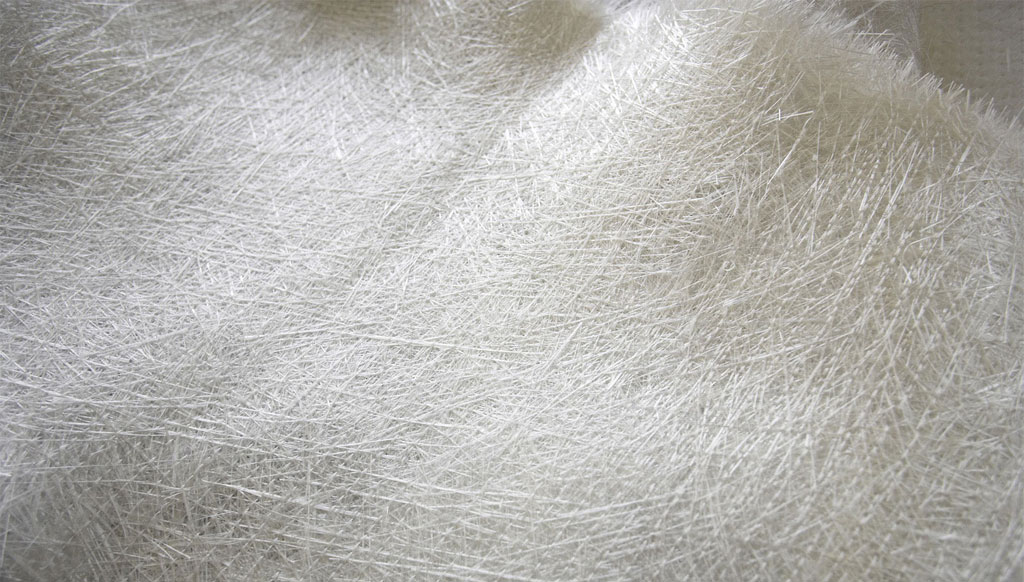
When glass fibers are added to PTFE, they can improve their tensile & flexural strength, dimensional stability, and wear resistance. However, they may have reduced electrical insulating properties compared to pure PTFE.
The length of the glass fibers used in PTFE can vary, but they are typically short fibers ranging from 0.1 mm to 3 mm and the amount of glass fiber range from 15% to 25% by weight.
The manufacturing process for glass fiber-filled PTFE involves mixing the glass fibers with PTFE resin and then shaping the composite material into the desired form, such as PTFE sheets, PTFE rods, PTFE tubes, or custom-molded parts. This glass-filled PTFE composite can be manufactured with compression molding, ram extrusion and skiving methods.
Carbon
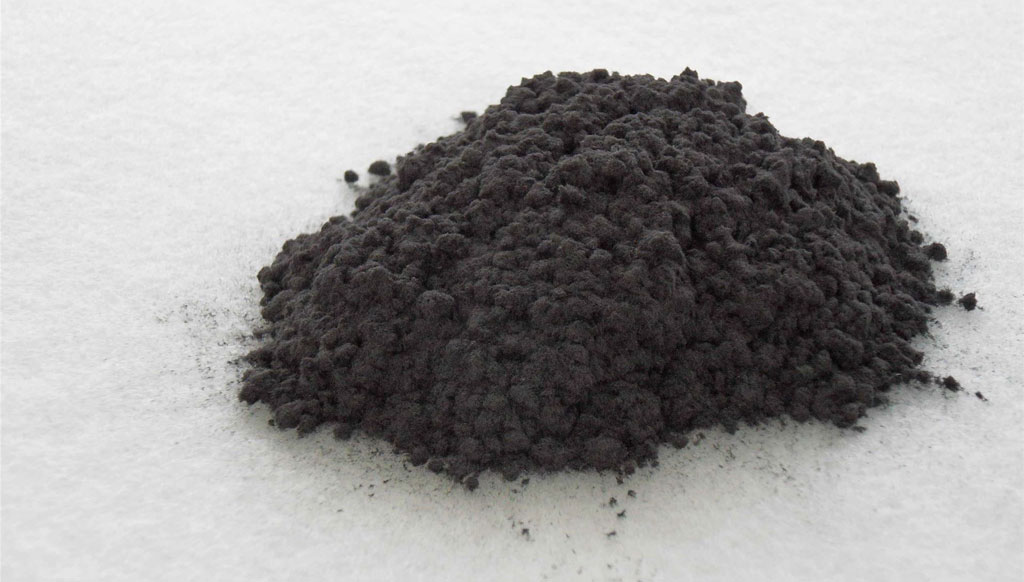
Carbon-based fillers are commonly used with PTFE to enhance its mechanical and electrical conductivity properties. However, the addition of carbon-based fillers can also affect some of the inherent properties of PTFE, such as reducing its nonstick behavior.
These fillers are typically in the form of carbon powder, carbon fiber and graphite.
- Carbon powder: It is a black fine powder of carbon particles. As a filler in PTFE, it can improve the mechanical properties and electrical conductivity of PTFE. Carbon black-filled PTFE composites exhibit increased tensile strength, wear resistance, and reduced electrical resistance.
- Carbon fiber: Carbon fiber is a strong and lightweight material composed of carbon atoms bonded together in a crystalline structure. When incorporated into PTFE, carbon fibers can enhance their mechanical strength, stiffness, and resistance to deformation. Carbon fiber-filled PTFE composites are commonly used in applications requiring high strength.
- Graphite: Graphite is a crystalline form of carbon that consists of stacked layers of graphene. As a filler, it can enhance the thermal conductivity and lubricity of graphite-filled PTFE composites.
In PTFE composites, the carbon filler content is typically expressed as a percentage by weight. The percentage can range from 5% to 25%. Higher carbon filler content generally leads to improved mechanical strength, electrical and thermal conductivity. However, it can also reduce flexibility and impact resistance.
Bronze
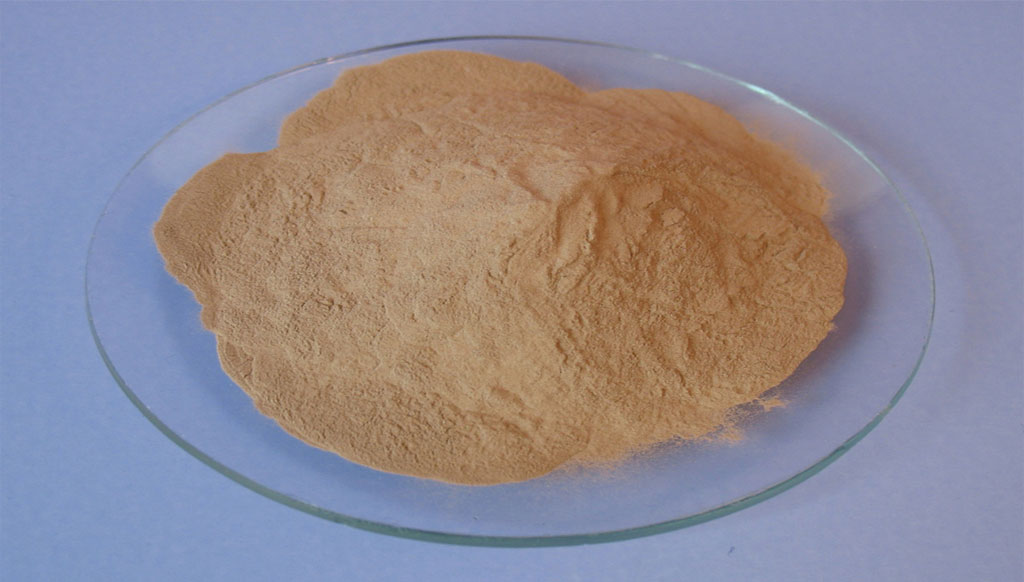
Metallic bronze fillers are often added to improve PTFE’s thermal conductivity, mechanical strength, or to create a metallic appearance. Bronze-filled PTFE products are usually used in applications that require enhanced strength and conductivity, such as bushings, bearings and electrical connectors.
The specific properties of the PTFE bronze composite will depend on the percentage and size of the bronze filler added. The bronze filler content is typically around 40% to 60% by weight.
The fabrication of bronze-filled PTFE products usually involves compression molding or sintering processes to ensure proper dispersion of the bronze filler within the PTFE matrix.
MoS2
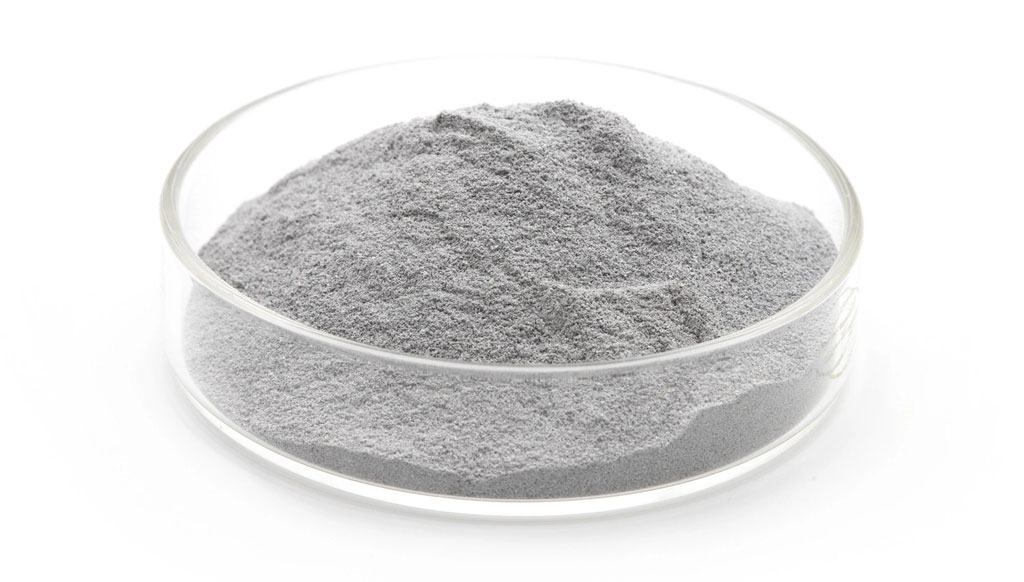
PTFE is a well-known polymer with excellent chemical resistance and low friction properties, but it has certain limitations in terms of wear resistance and load-bearing capabilities. By incorporating MoS2 as a filler, these properties can be improved.
MoS2 has a lamellar structure, which helps reduce friction and wear between the sliding surfaces. When added to PTFE, MoS2 forms a lubricating film that enhances the wear resistance of the material.
The MoS2 powder can be incorporated into PTFE through melt blending, compression molding, or extrusion methods. The amount varies depending on the required properties, typically ranging from 5% to 15% by weight.
How to Choose The Right PTFE Fillers for Your Application?
Choosing the appropriate PTFE filler for a desired application involves considering several factors to ensure that the material’s properties align with the specific requirements of your project. Here are some steps to help you select the right fillers for your PTFE products:
Identify Application Requirements
Understand the specific conditions and demands of your application. Consider factors such as temperature range, pressure, chemical exposure, wear resistance, electrical conductivity, and any other relevant performance criteria.
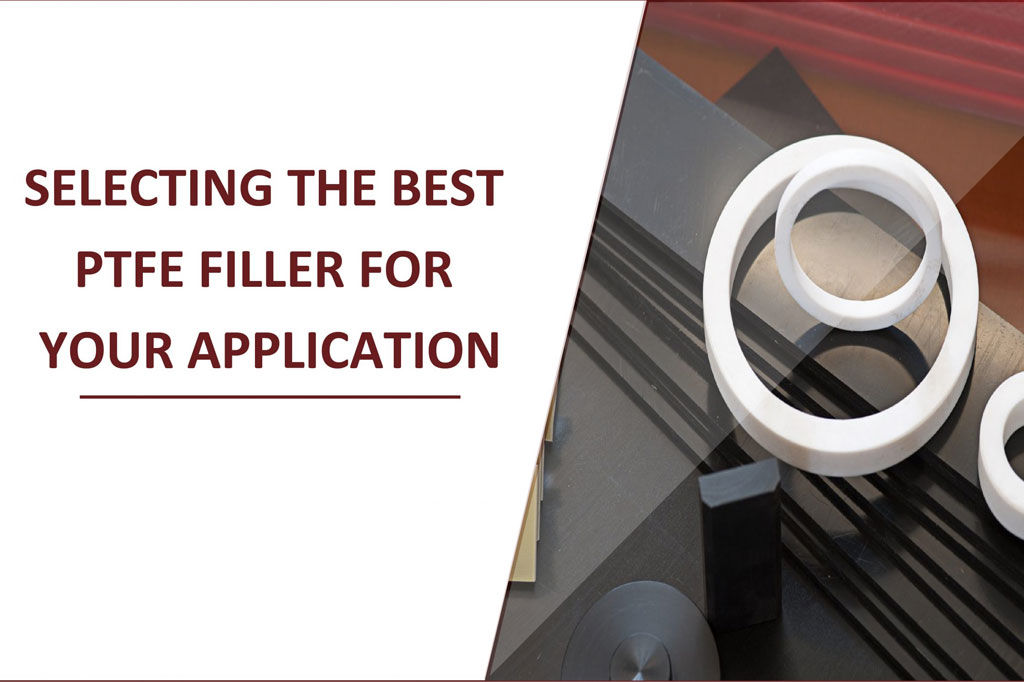
Mechanical Properties
Select a filler that improves the mechanical properties of PTFE for your application. For instance, glass fiber filler enhances strength and dimensional stability, while carbon/graphite filler improves wear resistance.
Thermal Properties
Choose a filler that enhances PTFE’s thermal properties if required. Filler materials like carbon/graphite or bronze can improve thermal conductivity, allowing for better heat dissipation.
Chemical Compatibility
Ensure the filler material is chemically compatible with the substances the PTFE will come into contact with. Different fillers provide varying levels of resistance to specific chemicals.
Electrical Conductivity
If your application requires electrical conductivity, consider fillers like carbon/graphite or other conductive materials. PTFE itself is an insulator, so fillers are often added to impart electrical conductivity.
Friction and Wear
Select a filler that improves the wear resistance and reduces friction, especially if your application involves moving parts or sliding contact. Bronze or MoS2 fillers are commonly used for this purpose.
Cost Considerations
Evaluate the cost implications of using different filler materials. Some fillers may be more expensive than others but offer enhanced performance benefits.
Consult with Experts
If you’re unsure about the best filler for your application, consider consulting with us who have expertise in the field. We can provide valuable insights and recommendations based on your specific requirements.
Conclusion
Remember that the choice of PTFE filler can significantly impact the final properties of the material. Therefore, thorough consideration and testing are essential to ensure the success of your application.

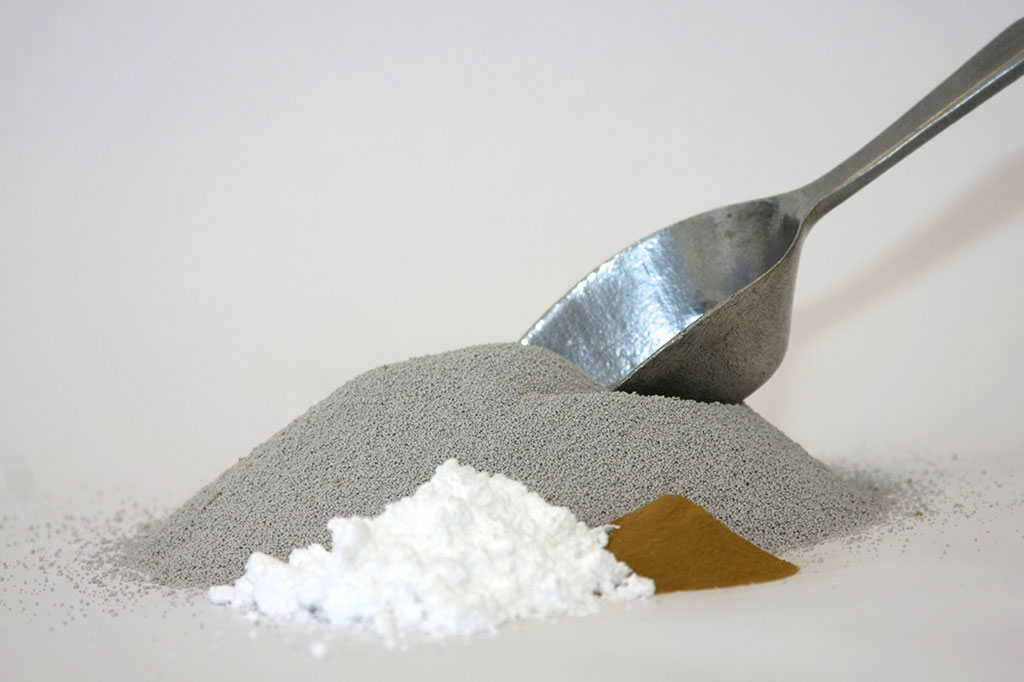
Dear Sir/Ma’am
I am looking for PTFE filled powder for molding rod and tube
So If you can supply it for us please let us have your catalog and price list
Our most demand are follow filled
PTFE + 25% and 35% Carbon
PTFE + 25% and 40% Bronze
PTFE + 15% and 25% Glass
I am looking forward to receiving your reply
Best Regard